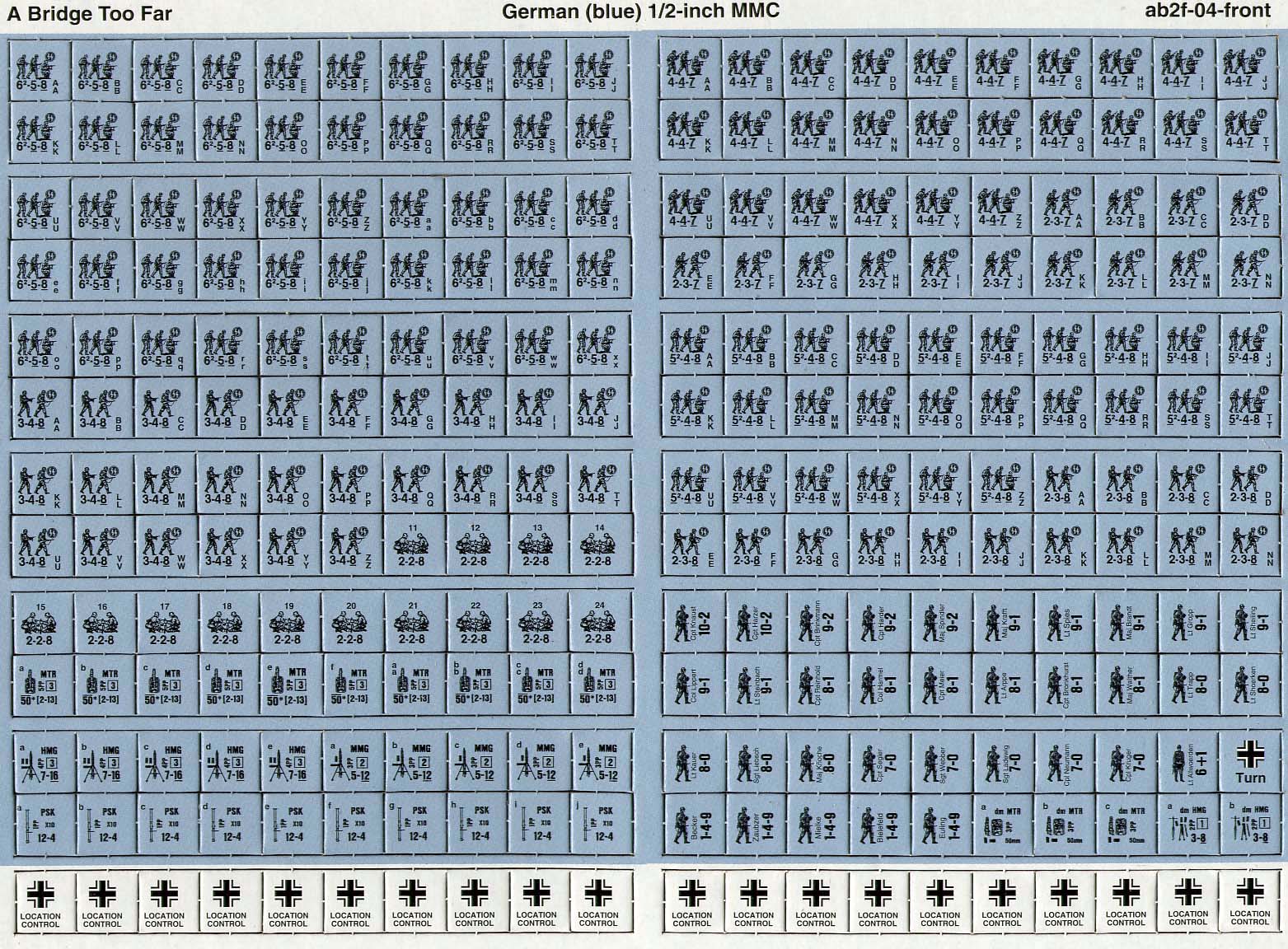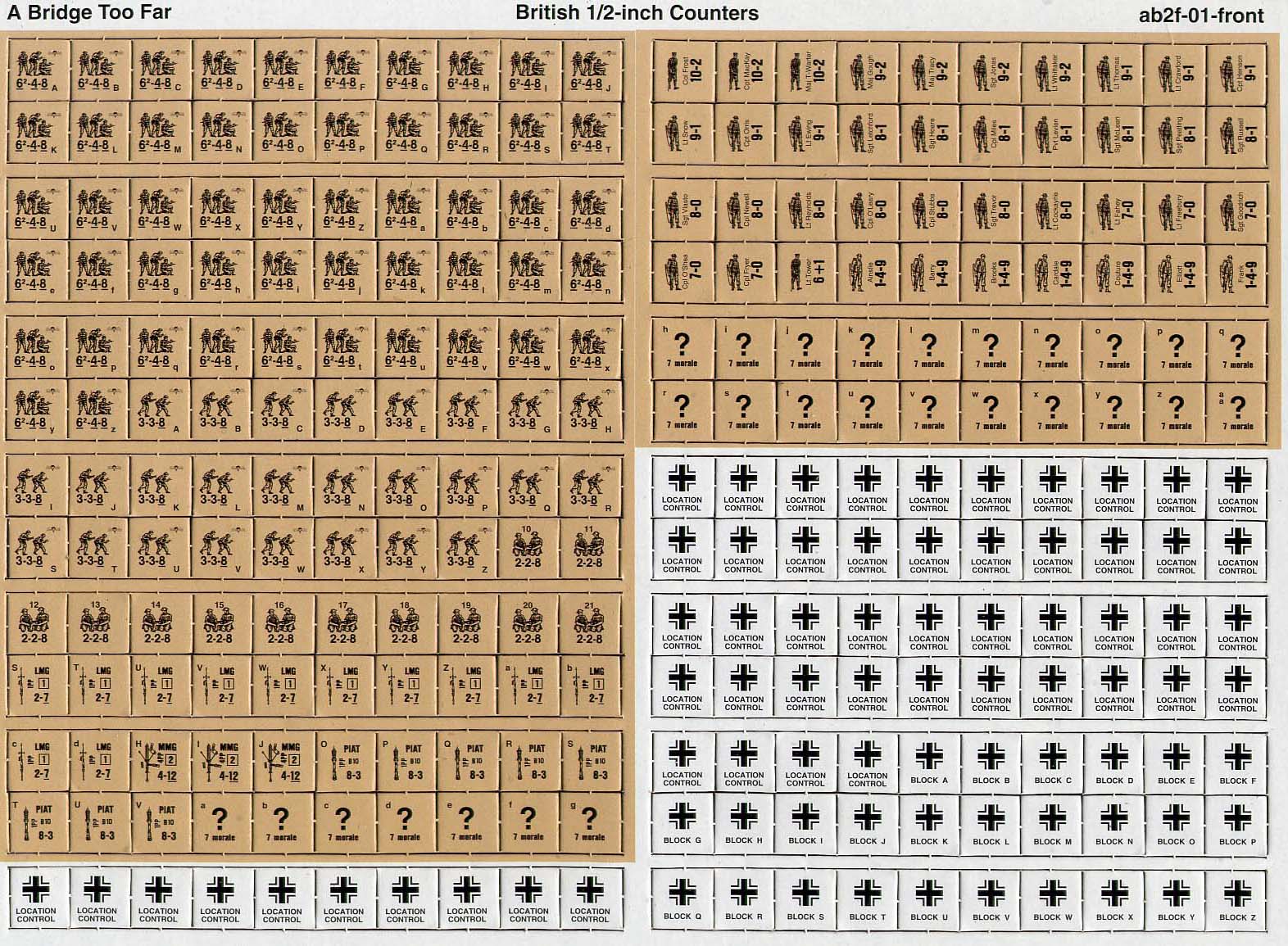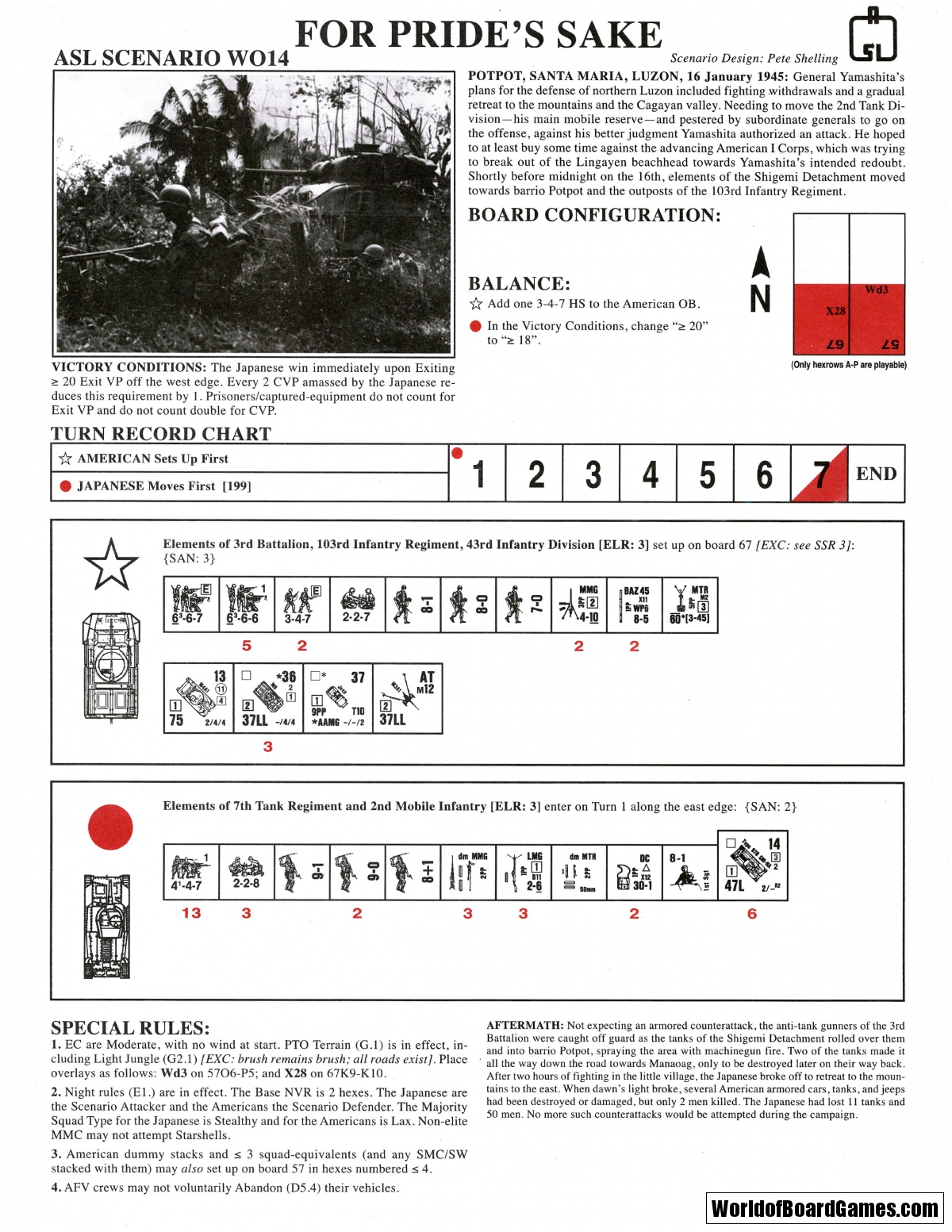

Rn is the players new rating, Rp is the players previous rating, W is the expectancy based on the new games, We is the previous win-expectancy based on the current ratings difference.Īs for K, it is the factor that weights more or less the impact on ratings of the new games results. The way ELO works, there is a parameter, the K factor, that gives the inertia or resilience to ratings. does this mean the "correct" rating difference is the one that leads to 100% victories? Or 67%? Or what figure between the historical 62 and the marginal 100? If a rating difference between X and Y gives a We of 62%, based on a series of 40+ games each, and after playing 2 games X wins both games. A typical tournament day will see people playing 2 or 3 games, but sometimes it maybe only 1 and sometimes 5. In AREA, and now ASL Player Ratings, ratings are updated once a day. So question 2 is : how much weight are we to give to former games and new games? Question 1 : How often to update ratings So this is question 1 : how often do we adjust ratings? And assuming you do decide to upgrade ratings after a series of wins : how much would you upgrade them? If the former rating difference corresponded to a 0.62 while the recent series implies a 0.7 : would you ignore the former history and only stick to the recent one? One could even have them play just once and, having X win 1 (instead of 0.62 !), decide to update the ratings.

Now, one could have them play only 10 times and, having X score 6 wins (instead of 6.2 !), decide to update the ratings accordingly.

If we have players X and Y play each other a hundred times and see that X beats Y 58 times, that could be indicative that their rating difference is a bit too high and we'd rather adjust them. In our previous X against Y example, a value of 0.62 for We would mean X should beat Y 62 times out of a hundred. We is the specific win-expectancy (probability), R1 is the players current rating, and R2 the opponents current rating. This specific probability of winning is calculated using the formula below: Player X's rating would then be representative of how likely it is he or she would beat another player Y who has another given rating. The idea is that a more skilled player will have a higher probability of beating a less skilled one and ratings reflect that probability.

The following is an edited and updated version of Bruno's description of the ELO rating system.ĭeveloped by Arpad Elo in the early 1960's, ELO is based on a probabilistic approach. ASL Player Ratings use the ELO rating methodology as implemented by Bruno Nitrosso on his Area site (see: ).


 0 kommentar(er)
0 kommentar(er)
